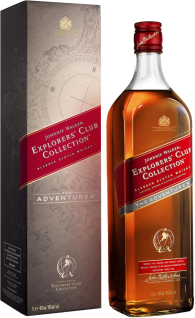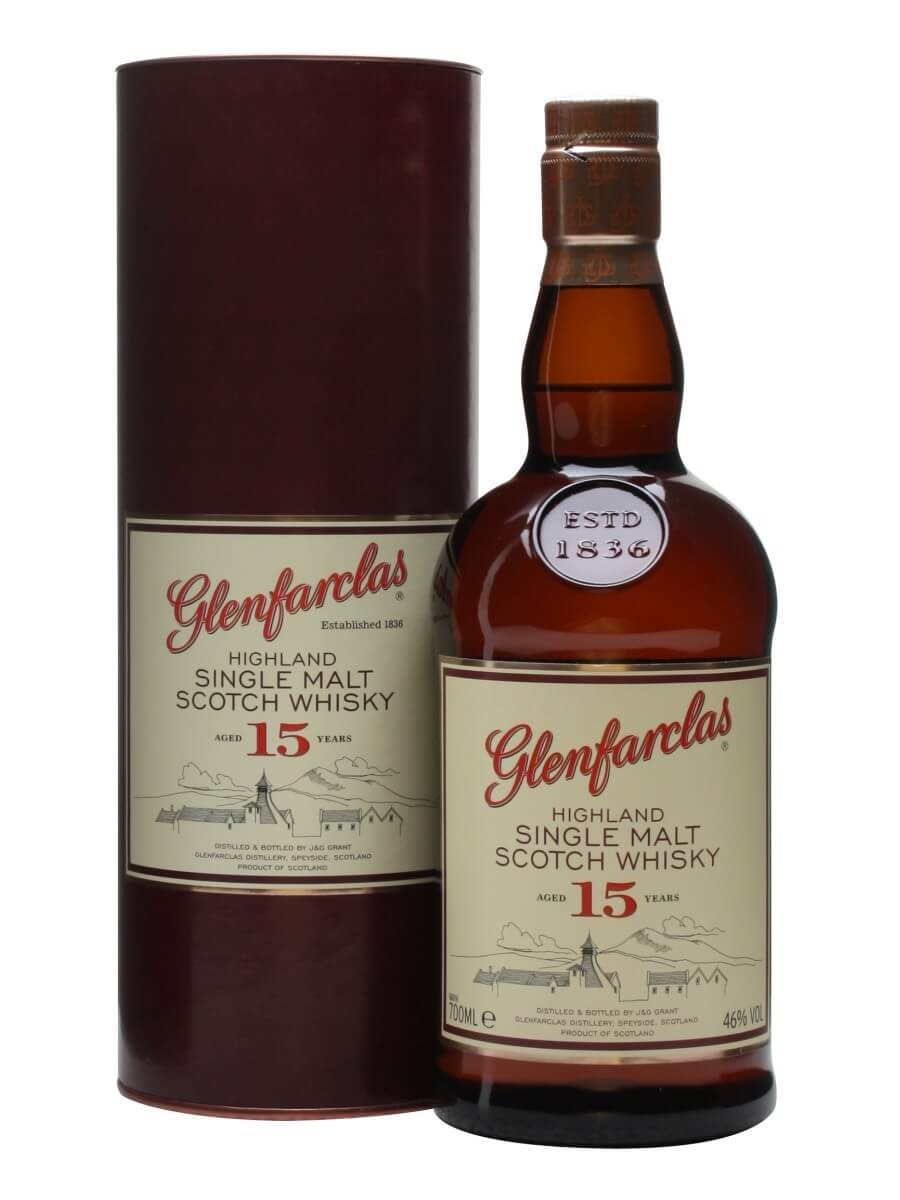By Josh Peters at The Whiskey JugBulleit Bourbon Frontier Whiskey has been something of a darling in the bourbon industry over the last few years. It’s cheap, it’s flavorful and it’s as versatile as a whiskey can be making it a favorite of whiskey drinkers and bartenders alike. One of the things that sets Bulleit apart from other bourbons is it’s very high rye content in the mash bill which gives it a spicy kick that balances nicely with the sweet bourbon notes.
The brand was briefly owned by Seagrams who then sold it to the current owner Diageo. Bulleit Bourbon was originally it a rye whiskey made with 2/3 rye and 1/3 corn (even though it was marketed as a bourbon) created by Augustus Bulleit and was produced from 1830 – 1860 when he died. The modern version is the the brain child of Tom Bulleit who is the great-great-grandson of Augustus Bulleit and to make it a true bourbon, which must be at least 51% corn, he’s adjusted the mash bill to 68% corn, 28% rye and 4% malted barley. Today it’s marketed as being a product of Bulleit Distilling, but there isn’t a Bulleit distillery. It’s actually made in the Four Roses distillery who is also well known for their high rye bourbons.
When it comes to value for money it’s hard to beat Bulleit and overall I think it’s a fine bourbon filled with great aromas and flavors. It’s good neat, holds up on the rocks and gives a spicy rye kick to any bourbon based cocktails you make with it making it a great bourbon for bartenders and in-home drinkers alike. It’s very approachable and my only criticism is that about 1/2 way through a second glass it gets a little boring. It’s not something I can drink all day while having a game day with my friends (I’m also a board game nerd), at a dinner party or other event and always find myself looking for something to change it up after the first or second serving.
If you’ve tried this versatile bourbon feel free to add your own notes to the comments below.
Bulleit Bourbon Review
ABV: 45%
Price: $22
Mash: 68% corn, 28% rye, 4% malted barley
Distiller: Bulleit Distilling / Four Roses distillery
EYE
Medium caramel
NOSE
Caramel, vanilla and citrus are the first aromas out of the bottle. Following that are some great notes of smoky char, oak, strawberry shortcake and a mild astringency that I usually find with high rye bourbons.
TASTE
Caramel, oak, and vanilla start things out. This is one of the more woody bourbons I’ve had and it’s rather nice actually. Accompanying these main four is a very robust spice filled with paprika, pepper, and cinnamon. There’s some orange zest, light crisp fruit and cherries hanging out in there as well.
FEEL
Smooth, easy and warming but a little dry. Dusty would be the right comparison.
FINISH
That same slightly dry / dusty character follows through on the long woody finish with some caramel and citrus hitching a ride. Very consistent aftertaste as it fades on a long finish.
- SCORE: 88/100
This one has stayed pretty much the same during the whole bottle. The rye and caramel have moved up on the nose, palate and finish and become more assertive, especially the rye. When the bottle was first opened the rye spice was not as prominent with the sweet notes riding a bit higher. As it’s been open for the last 8 months the whiskey has opened up a bit more and there was a bit more depth and richness that started to come through. Not enough to give it another point, but enough to move it from barely being an 88 to being a hair from becoming an 89.
As I mentioned above, the juice in this bottle is Four roses, but that deal has been canceled earlier and we don’t know who the new supplier is/will be. This bottle was definitely pre cut-off, but this is also one of my wife’s favorite bourbons so we buy it regularly and there’s not much difference between the two so I’m assuming they’re still pumping out the stock they had left from what they already bought from Four Roses.
It’s going to be interesting to find out who they found to replace it and what it tastes like. It’s obviously going to be a high rye bourbon to retain the flavor and character it has now. Likely it will be MGP until Diageo finally starts distilling it themselves, but that’s going to be a while. Even though they broke ground on the Bulleit Distillery (called the Bulleit Distilling Co.) on August 21, 2014 but it won’t be operational until 2016 and then the bourbon has to age for at least 4 years to retain their NAS Straight designation so we won’t be seeing Diageo produced Bulleit until 2020 at the earliest and their popular Bulleit 10 won’t be available until 2026 at the earliest. It’s going to be a long and interesting journey for this bourbon and you can be sure it’ll be covered here.








